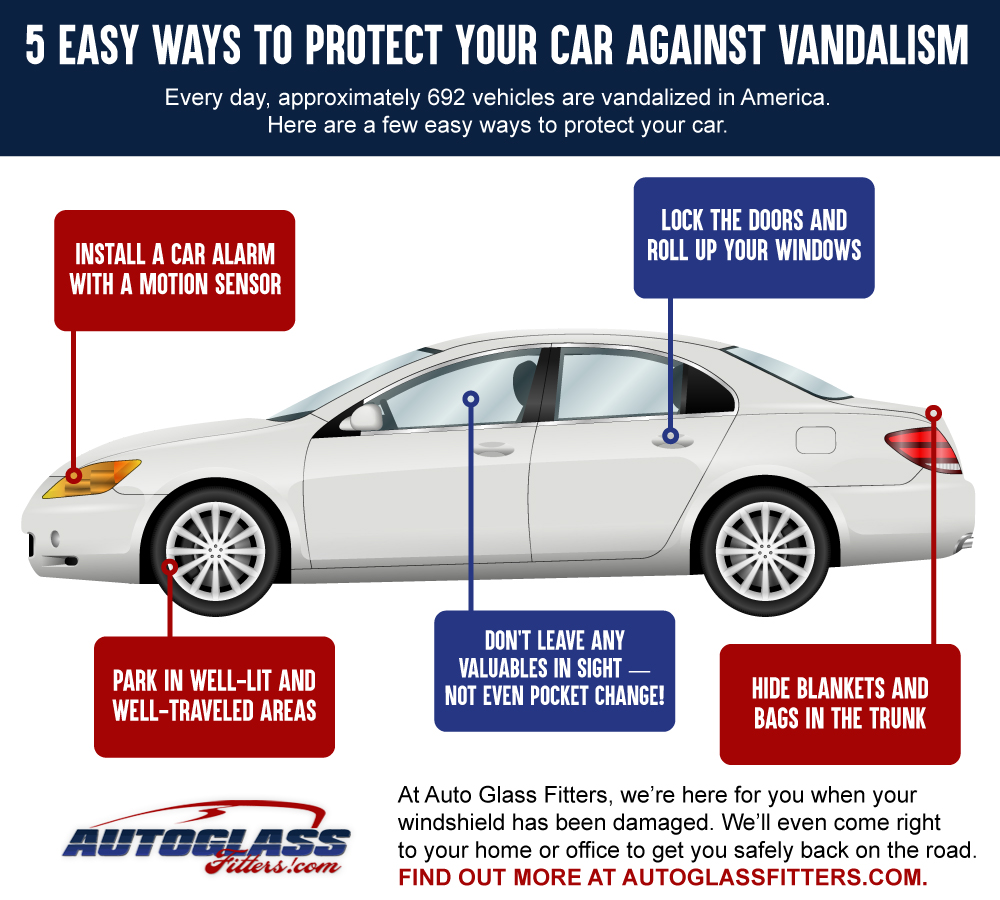One Of The Most Efficient Pressure Cleaning Practices For Every Single Surface Classification
One Of The Most Efficient Pressure Cleaning Practices For Every Single Surface Classification
Blog Article
Post By-Hyde Hodges
When it pertains to push cleaning, the method you select can make all the distinction in accomplishing a clean, streak-free finish. You may locate that difficult surface areas, like concrete, require a various technique than softer products, such as wood or plastic. just click the next site to adjust your techniques to the surface area kind to stop damages while making the most of cleansing effectiveness. So, what are the very best methods for each surface, and exactly how can you guarantee you're using the ideal setups and devices for the job? Let's discover what you need to understand to get the very best results.
Hard Surface areas
When it comes to pressure cleaning hard surfaces, prep work is vital. Prior to you even consider pulling out the stress washing machine, make the effort to remove the area of any debris, furnishings, or barriers. You do not desire anything getting in your way or potentially harmful your devices.
Next off, check the surface for any splits or damages; this will aid you identify the best technique and stress settings.
As soon as you've prepared the area, it's vital to choose the ideal nozzle. For tough surface areas like concrete or block, a narrow nozzle (15 or 25 degrees) works best to give a concentrated stream of water that can successfully eliminate crud and stains. Always start at a distance and slowly move more detailed to prevent any kind of surface damages.
As you start cleaning, maintain the wand relocating to stop touches and over-saturation. It's additionally useful to function from the top down, allowing dirt and particles to get rid of naturally.
Lastly, keep in mind to rinse the surface area completely after cleansing to eliminate any type of remaining cleaning agent. With these techniques, you'll accomplish a clean and renewed look on all your hard surfaces.
Soft Surfaces
Pressure washing soft surfaces needs a gentler technique to safeguard them from damages. Whether you're cleaning your deck, patio furnishings, or exterior siding, utilizing excessive stress can lead to damages, scratches, or perhaps permanent harm.
Begin by selecting a low-pressure nozzle, ideally a 25-degree or bigger spray pattern, to spread the water extra gently.
Before you begin, it's critical to pre-treat any kind of stains with an ideal cleansing option. This step allows the cleaner to penetrate the dirt and gunk, making it easier to get rid of without rubbing too hard.
Always use the solution from all-time low approximately avoid streaking.
When you begin stress washing, preserve a distance of a minimum of 12 to 18 inches from the surface. Relocate window washers residential in a sweeping motion, keeping it alongside the surface area to prevent concentrated pressure on one spot.
Wash the area thoroughly after cleaning to get rid of any recurring cleaner.
Finally, evaluate the surface area for any kind of missed spots and duplicate the process if needed. By complying with these steps, you can effectively clean soft surface areas while maintaining their integrity and appearance.
Specialty Surfaces
Cleaning soft surface areas requires treatment, however specialized surfaces require much more attention to detail. When you tackle these surface areas, like fragile wood, discolored concrete, or certain types of home siding, using the appropriate pressure cleaning techniques is essential to avoid damage.
First, evaluate the product. For example, dealt with timber can commonly stand up to modest stress, yet softer woods like cedar might require a lower setting. Constantly start with the lowest pressure and slowly raise if essential.
For stained concrete, make use of a fan spray nozzle and preserve a constant distance to stop etching the surface area.
When taking care of surface areas like plastic house siding or repainted surfaces, a large spray pattern aids distribute the stress equally, protecting the finish.
It's additionally wise to utilize detergents particularly made for specialized surface areas. They can boost cleaning without compromising the product.
Wash completely after washing to eliminate any type of residue, as it can lead to staining or damage in time.
https://www.express.co.uk/life-style/garden/1611329/How-to-clean-garden-furniture-mould-baking-soda-vinegar-evg
In conclusion, mastering stress cleaning methods for different surface areas can make all the difference in your cleaning outcomes. For hard surfaces, stay with slim nozzles and a top-to-bottom method, while soft surface areas need a gentler touch with wider nozzles. Don't forget to pre-treat discolorations and rinse thoroughly to stay clear of deposit. By adjusting your approaches to every product, you'll not just achieve a cleaner finish however additionally protect the honesty of your surface areas. Happy cleaning!
